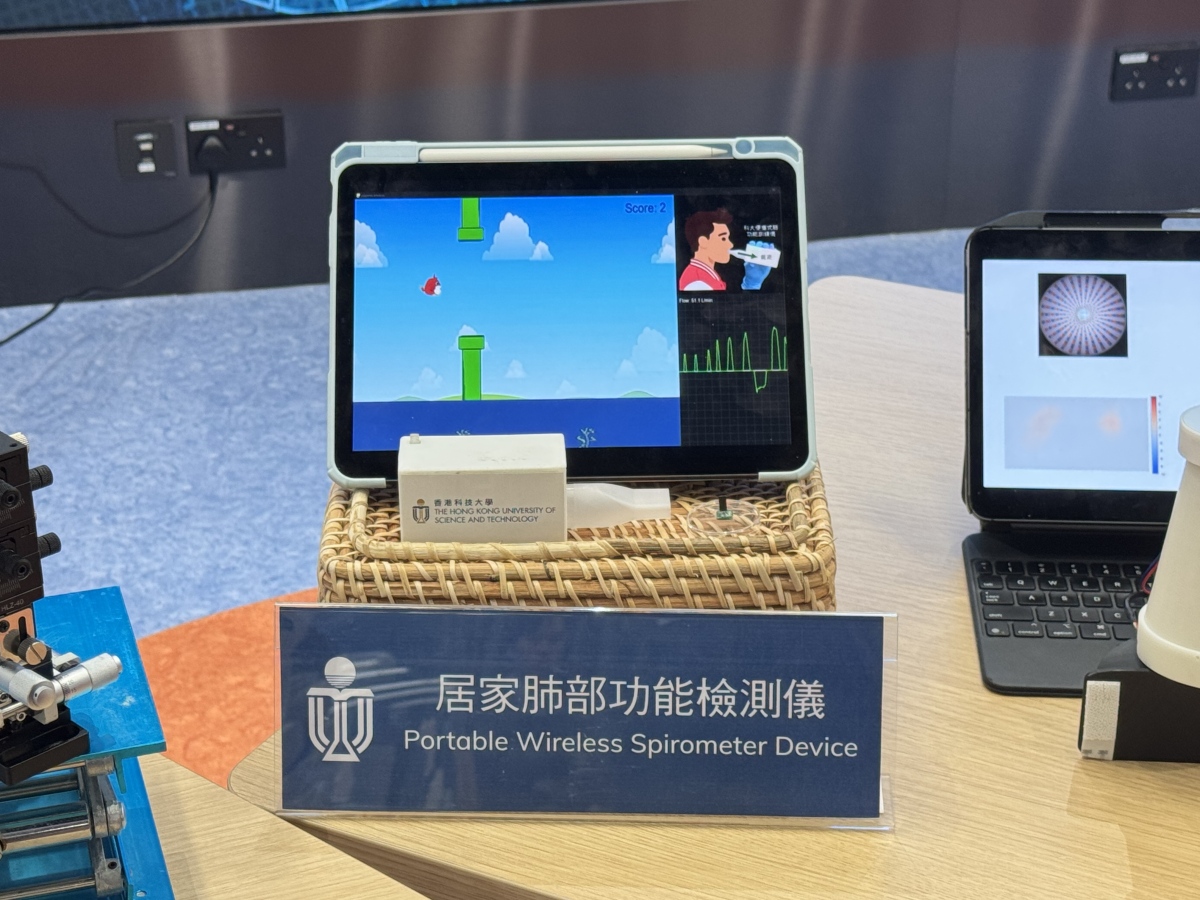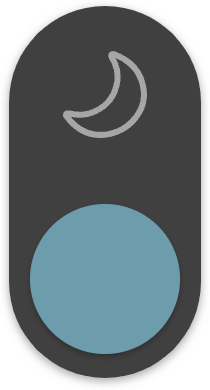
A research team led by Professor Shen Yajing, Associate Professor of Electronic and Computer Engineering at the Hong Kong University of Science and Technology (HKUST), has successfully integrated AI and robotics to develop three groundbreaking smart medical devices for diagnostic monitoring, surgical assistance, and post-operative rehabilitation. The team is now advancing clinical applications to promote smart healthcare development.
World's Smallest Surgical Robot for Narrow Cavities
Internal cavity diseases account for 7 of the top 10 global causes of death, claiming around 25 million lives annually. However, diagnosing and treating these conditions is challenging due to the difficulty of accessing, navigating, and operating within narrow passages. Surgical robots also face the "impossible triangle" of miniaturization, motion control, and functional operation.
Prof. Shen's team tackled this by creating the world's smallest multifunctional surgical robot, with a diameter of just 0.95 mm—60% smaller than existing models. Equipped with imaging and precision navigation capabilities, it assists in tissue sampling, drug delivery, and laser thermotherapy.
The team is currently optimizing the endoscope's optical path and seeking capital partnerships, including with Shenzhen Third People's Hospital and the Hospital Authority. Animal trials are expected within six months, paving the way for clinical testing.
AI-Powered Home Lung Monitor for Post-Pandemic Care
With rising demand for lung health monitoring post-pandemic, the team developed an"AI Home Lung Function Detector"—a compact device (8 cm diameter, 78g weight) that allows users to conduct breath tests and training at home. It's a biometric airflow sensor that measures peak airflow velocity with 99% accuracy.
The system also incorporates gamified breathing exercises for chronic patients, with real-time data transmitted to doctors for remote monitoring.
PhyTac: AI Hand Tactile System for Rehabilitation
Currently, doctors assess hand mobility disorders through observation and experience, lacking objective force feedback. The team'sPhyTac system, shaped like a cone with 368 sensing units, precisely maps hand force points. Patients simply grip the device, and doctors instantly see force distribution via AI (97.7% accuracy).
Inspired by the spiral structure of an aloe plant, the design increases sensor density and sensing range, offering unprecedented precision in rehabilitation tracking.
Prof. Shen emphasized active collaboration with the public/private sectors and investors to accelerate real-world adoption.



Related News:
Apple AI expansion: Apple Intelligence now supports 8 languages including simplified Chinese
Navigating rise of industrial AI: Distinguishing authentic innovation from deceptive solutions




















Comment